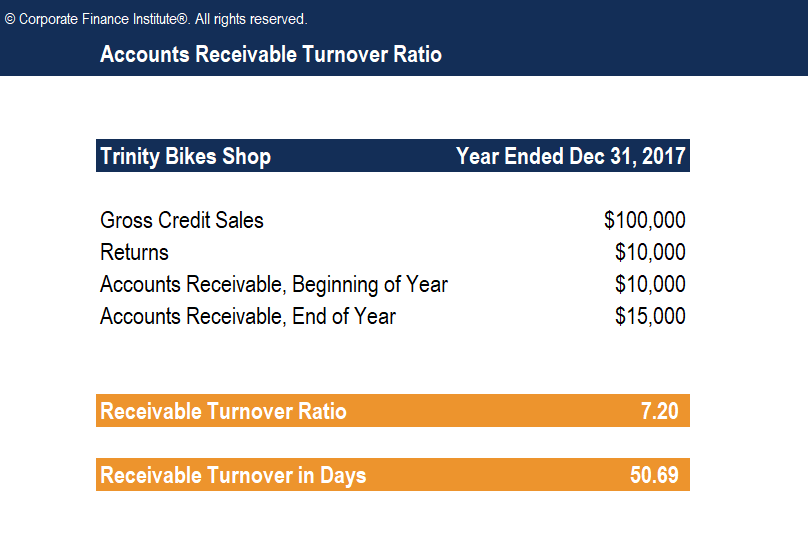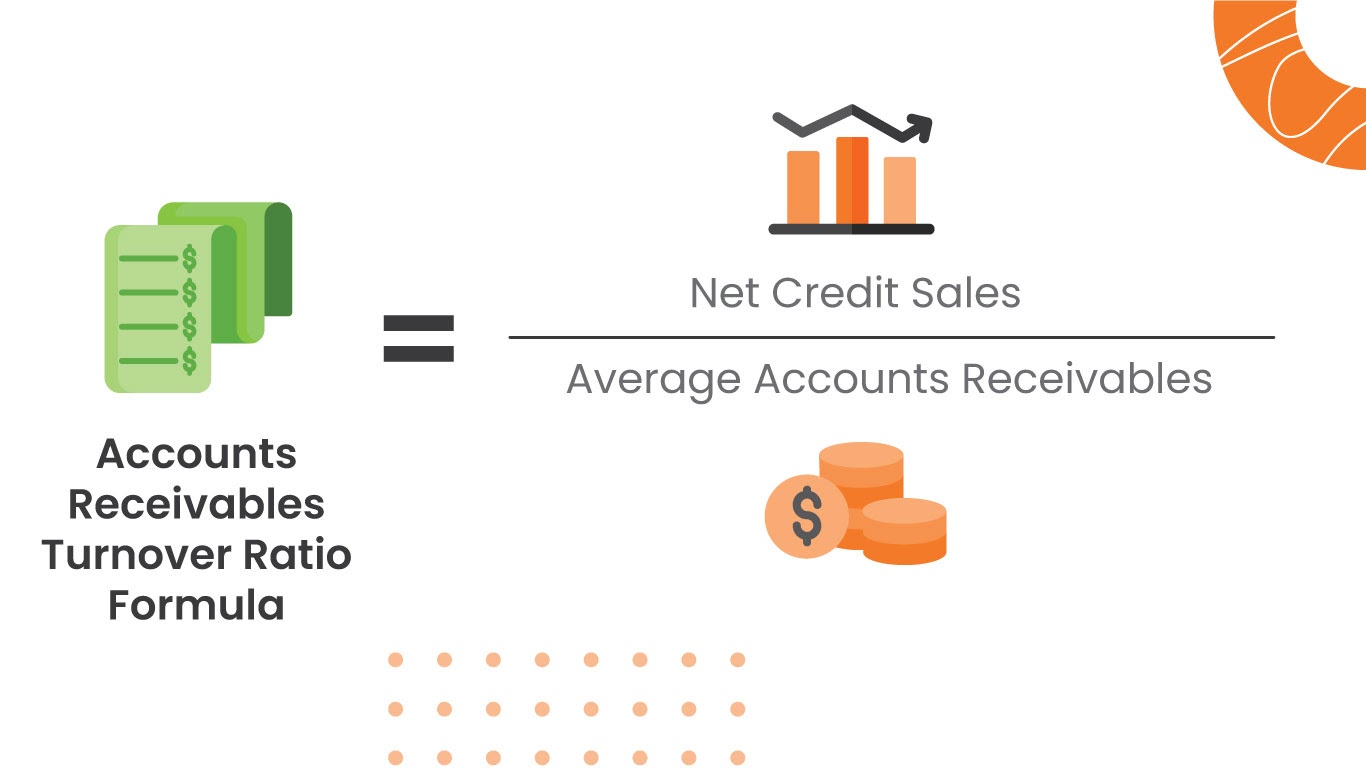
Learn the right way to pay yourself, depending on your business structure. Get free guides, articles, tools and calculators to help you navigate the financial side of your business with ease. It allows them to figure out their inventory reordering schedule, by indicating when all the stock will run out.

Accounts Receivable Turnover Ratio
For example, if the company’s distribution division is operating poorly, it might be failing to deliver the correct goods to customers in a timely manner. As a result, customers might delay paying their receivables, which would decrease the company’s receivables turnover ratio. The inventory turnover ratios formula measures how efficiently and quickly the business is able to sell the old stock and replace it with new stock of goods. The asset turnover ratio is a financial metric that evaluates how effectively your business uses its assets to produce revenue. Since it also helps companies assess their credit policy and process for collecting debts, this metric is often used by financial analysts or investors to measure the liquidity of a certain business.
How Do You Define Asset Turnover Ratio?
Though we’ve discussed how this metric can be helpful in assessing how long it takes your business to collect on credit, you’ll also want to remember that just like any metric, it has its limitations. On this balance sheet excerpt, you can see where you would pull the accounts receivable number from. This income statement shows where you can pull the numbers for net credit sales.
Low Ratios
AR turnover is important because it can indicate the health of a company’s billing and collection processes. A high AR turnover ratio indicates that a company is collecting its receivables quickly, while a low AR turnover ratio indicates that a company is struggling to collect its receivables. Average accounts receivables is the money from previous credit sales that the business has yet receive from customers.
Average Accounts Receivable
To establish the average accounts receivable, add the starting receivables and ending receivables over the chosen period of time (such as monthly or quarterly) and then divide by two. Some companies use total sales instead of net sales when calculating their turnover ratio. This inaccuracy skews results as it makes a company’s calculation look higher. When evaluating an externally-calculated ratio, ensure you understand how the ratio was calculated. It measures the value of a company’s sales or revenues relative to the value of its assets and indicates how efficiently a company uses its assets to generate revenue. A low asset turnover ratio indicates that the company is using its assets inefficiently to generate sales.
- Investors and lenders want to see receivables turnover ratios similar or slightly higher than other businesses in your industry.
- And some manufacturers have a longer credit payment time period, especially for big-ticket items.
- Thus it is necessary to sell off the final goods as fast as possible so that wastage is minimum and revenue is maximum.
- Moreover, if you believe your business would benefit from experienced, hands-on assistance in accounting and finance, it’s always good to consult a business accountant or financial advisor.
Once you have calculated your company’s accounts receivable turnover ratio, it’s nearly time to use it to improve your business. But first, you need to understand what the number you calculated tells you. Since you can never be 100% sure when payment will come in for goods or services provided on credit, managing your own business’s cash flow can be tricky.
The type of industry a company operates in affects its asset turnover ratio. Different industries have varying levels of capital intensity, which directly impacts how assets are used to drive revenue. Furthermore, accounts receivables can vary throughout the year, which means your ratio can be skewed simply based on the start and endpoint of your average. Therefore, you should also look at accounts receivables aging to ensure your ratio is an accurate picture of your customers’ payment.
Once you’ve used the accounts receivable turnover ratio formula to find your rate, you can identify issues in your business’s credit practices and help improve cash flow. Once you have your net credit sales, the second part of the accounts receivable turnover ratio formula requires your average accounts receivable. Calculating AR (accounts receivable) turnover is a crucial metric for businesses to assess the efficiency of their credit and collection processes.
A higher AR turnover indicates that the company is effectively collecting its debts, while a lower turnover suggests difficulties in managing receivables. In this case, your turnover ratio is equal to 6.Those calculations are easy to follow. A low ratio might mean that the business has inefficient credit collection policies and would benefit from adjusting them so that customers pay more promptly. However, it is possible that it is the nature of the industry and a reflection of its customers, as opposed to a problem with policies or processes.
Larger businesses also vary from smaller ones as they’re often able to offer longer credit periods due to their higher cash flow and ability to absorb more credit sales. That’s because it may be due to an inadequate collection process, bad credit policies, or customers that are not financially viable or creditworthy. A low turnover ratio typically implies that will i be a taskrabbit employee the company should reassess its credit policies to ensure the timely collection of its receivables. However, if a company with a low ratio improves its collection process, it might lead to an influx of cash from collecting on old credit or receivables. The denominator of the accounts receivable turnover ratio is the average accounts receivable balance.

